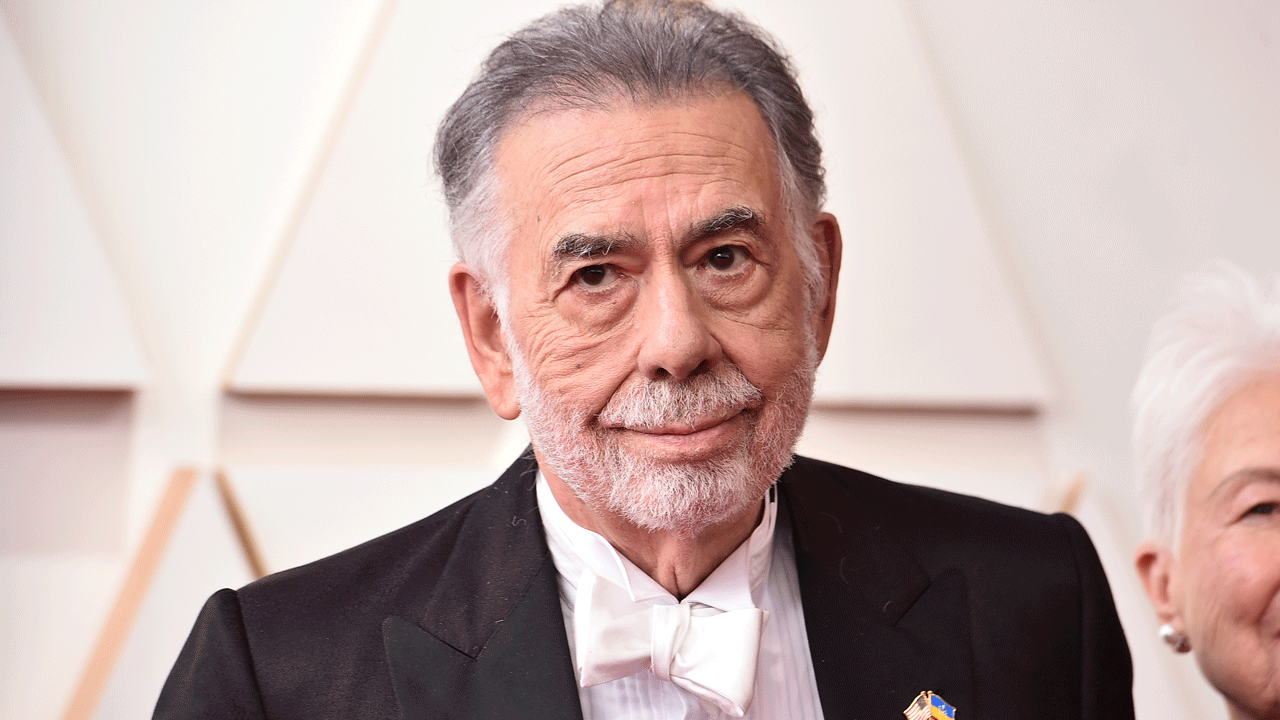
LOS ANGELES – “When I joined the military in 1974, I was paid exactly the same as a man,” Gen. Angela Salinas, the longest-serving woman in the U.S. Marine Corps when she retired last year, told Fox411.
“Where else could you get the same pay as a man doing the same job?”
“MAKERS: Women in War,” part of a six-part series on trailblazing women that airs on PBS Tuesday tonight, points to the significant role the U.S. military has had in the push for equality in the workforce since the War in Vietnam.
“The military was really ahead of the curve on the issue of gender equality,” producer/director Rachel Grady said.
“I’m not saying everything was perfect. Women had to deal with the promotion caps and other issues, and ultimately the service is still a bastion of maleness. But you can’t deny the importance of a woman in uniform.”
“MAKERS: Women in War” explores women’s increasing involvement in battle and in covert operations as soldiers, nurses, pilots, diplomats and spies.
The documentary opens in the 1950s, focusing on a select group of women who “weren’t interested in becoming secretaries” and who comprised the then-2 percent of service members who were female.
“My father held me in his arms and cried, ‘I have four sons and I send my only daughter off to war,’” said Diane Carlson Evans, an Army nurse during Vietnam, emphasizing how unprepared women were for combat.
“We could be shot at, but we couldn’t shoot back.”
The series discusses the burgeoning liberal feminist movement’s opposition to women serving in the Armed Forces, because it also opposed the Vietnam War. But that sentiment soon changed, though it had ups and downs along the way.
In the ’70s, enlisted women were given lessons on how to apply makeup and do their hair. Then they were sent to basic training with the men and expected to do the same number of push-ups. The integration of women into the “boys’ club” brought political and social concerns, but with the growing threat of lawsuits, the Pentagon slowly relented.
In the 1980s, women vowed that the only way to “change the culture” was to prove themselves on the ground, and in 1989, during Operation Just Cause in Panama, Army Capt. Linda L. Bray became the first woman to lead a platoon into battle.
One year later, Iraq invaded Kuwait, and 40,000 women – and 10 times as many men – were deployed to the Persian Gulf. Technically, women were still positioned “behind the front lines,” but the definition became blurred and many women went public about getting the distinction they deserved.
“Combat is not for every woman,” one soldier declares from her barracks. “But it’s not for every man, either.”
“Women in War” doesn’t shy away from controversy, including the issues of female prisoners of war and whether women belong on the front lines, as well as sexual harassment and rape. It shows how the female fighting position heightened with the rise of terrorism in the ’90s, and how the military saw the value of female engagement teams going into Iraqi and Afghan villages to gather crucial information after 9/11.
“Not only were women capable, but they made us a better military,” says Gen. Martin E. Dempsey, chairman of the Joint Chiefs of Staff.
So what’s in the future? Today, women comprise around 17 percent of the Department of Defense.
“It might take another 10 or 20 years, but the challenge will simply be about meeting standards,” Salinas says. “Sex won’t even be an issue. It will be a question of who the women are who can meet those standards.”
According to retired Brig. Gen. Pat Foote, the increasing numbers of women in combat positions will pave the way for women to influence the politics of whom we go to war with and why.
“Because no one wants peace more than those who have to fight our country’s wars,” she said.
“MAKERS: Women in War” premieres Tuesday, Oct. 21, on PBS at 9 p.m. ET/PT.
Follow @holliesmckay on Twitter






